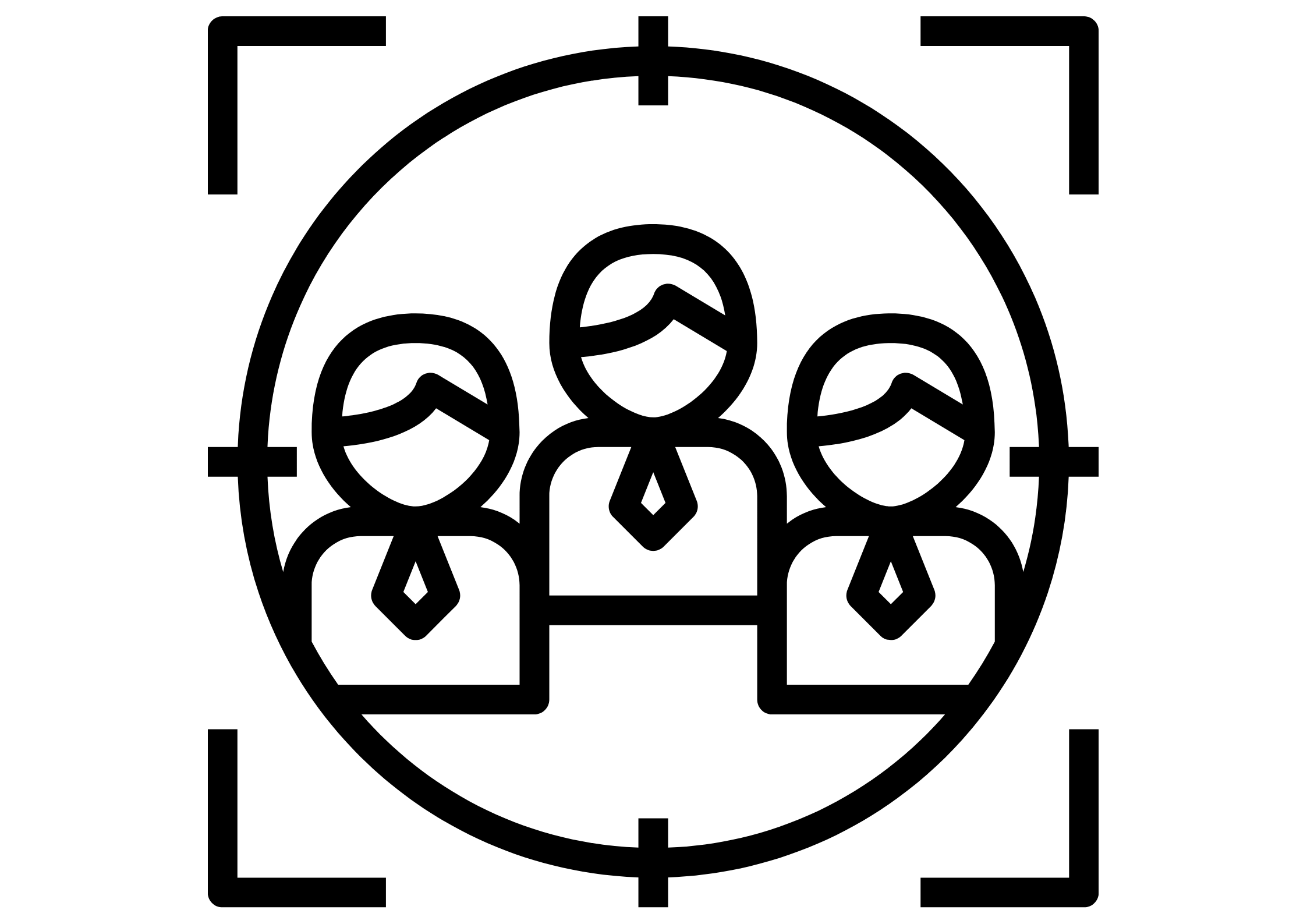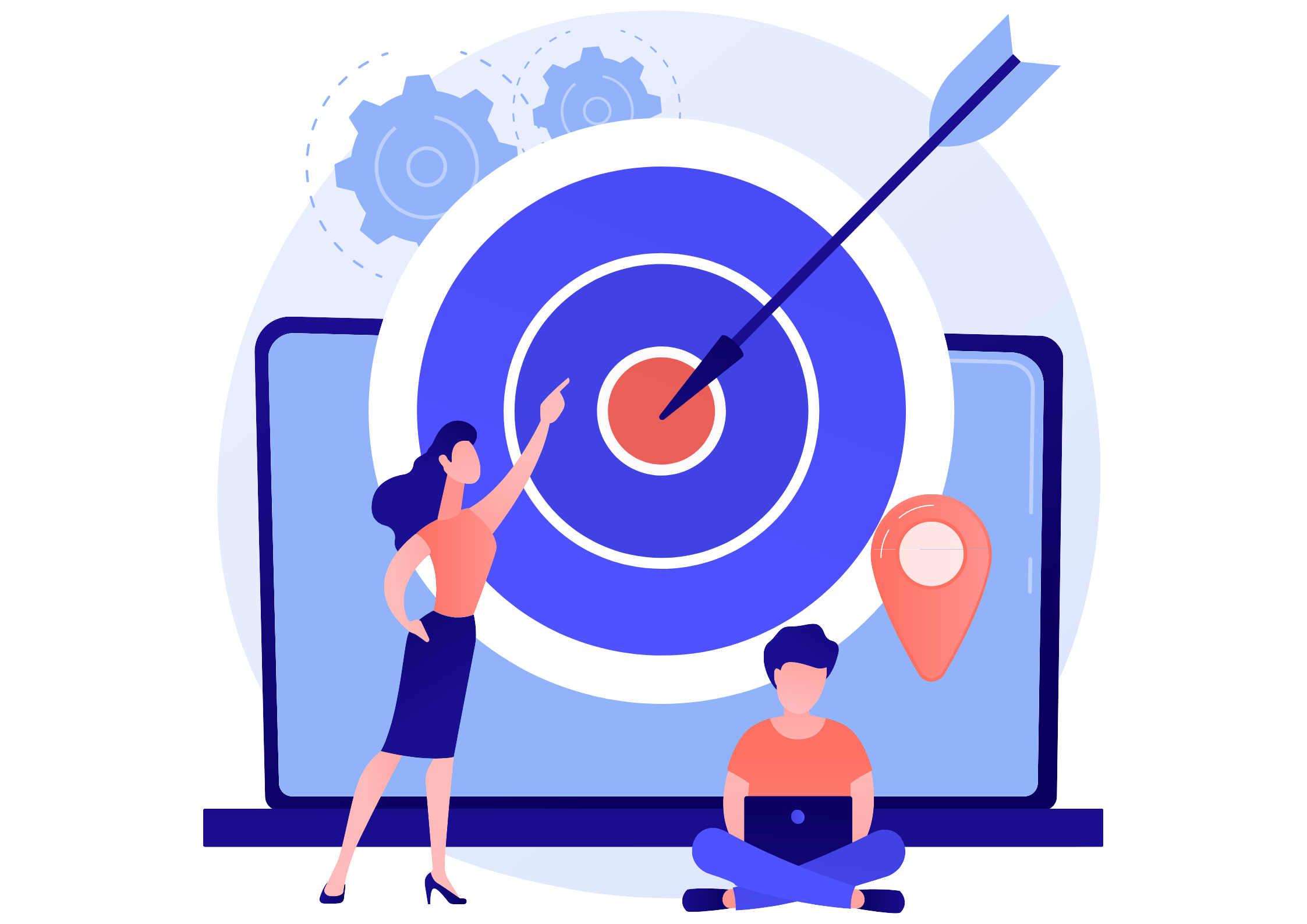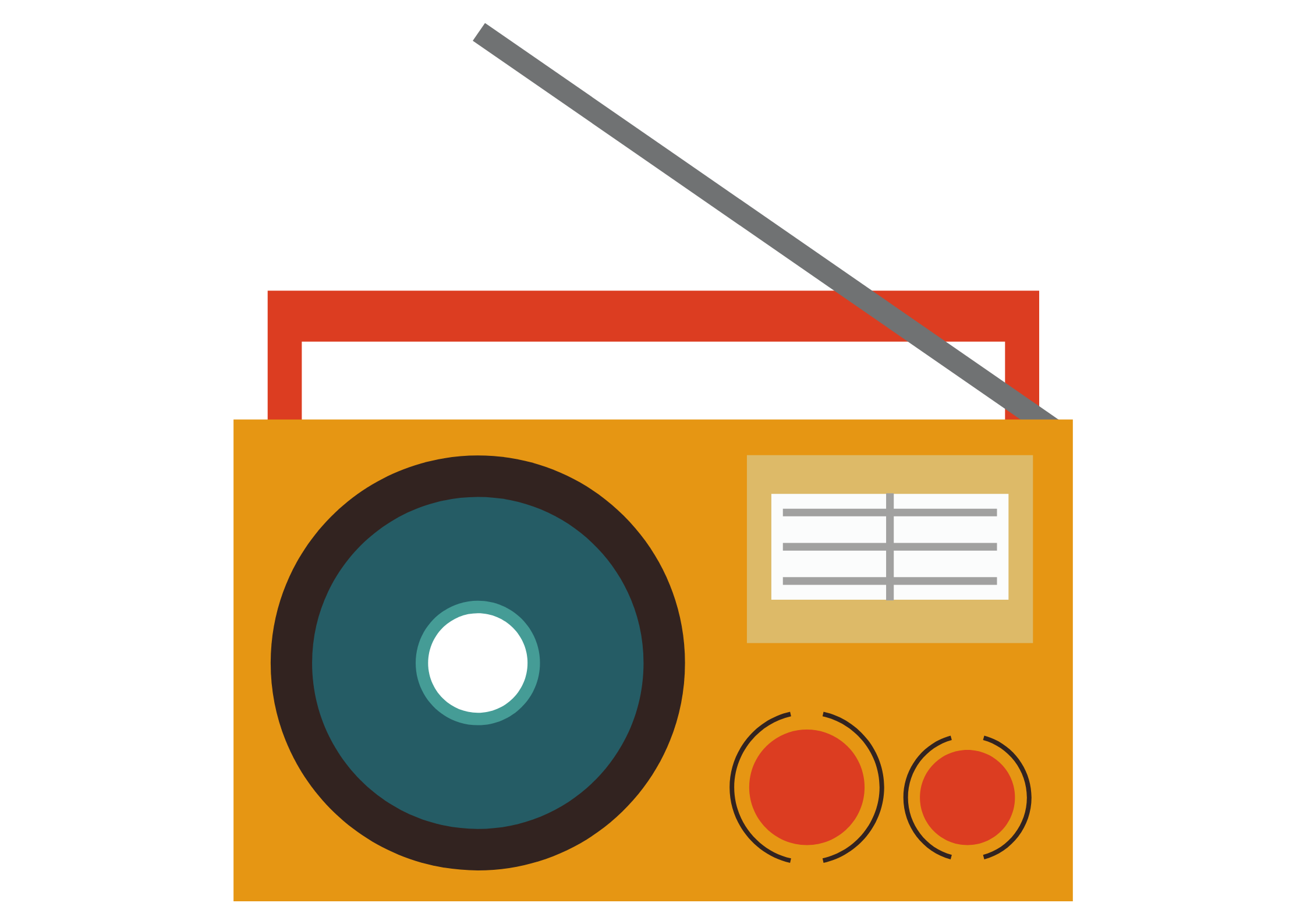
Mini-Guide To Understanding the Types of Audiences For Your Business
Last update: 18 April 2024 at 12:27 pm
Customer experience is at the heart of the purchasing process, and marketers must develop focused, tailored experiences if they want to stand out among a sea of brands and ads. Marketers can make more educated decisions regarding media, messaging, and timing when they have a thorough grasp of the types of audiences they are to deal with.
Identifying the proper audience, determining their requirements, and appropriately engaging them are among the most difficult tasks for sales departments across businesses.
To help them out, we came up with a mini-guide to understand your types of audiences. Let’s get started.
Key Takeaways
- Understanding Your Audience: Recognise different audience types and their characteristics for effective marketing.
- Determining Your Audience: Consider demographics, knowledge level, and perception to identify your target audience.
- Investing in Knowing Your Audience: Tailor marketing efforts, improve ROI, and build relationships by understanding your target audience.
- Reaching Your Audience Effectively: Utilise media kits, social media targeting, and third-party data to reach your audience strategically.
Definition Of Audience
When a number of individuals are grouped together due to their behavior, purchase preferences, demographics, psychographics, affinities, or other qualities, the resultant group is called an audience.
They are recognised as prospective clients of a company with something in common that can be used to target them for prompting purchases.
To transmit information or argue for a certain point, one must anticipate the requirements or expectations of the audience.
The target audience is the set of people who are most likely to desire your product or service, and hence the ones who should see your advertising efforts.
Age, gender, wealth, geography, interests, and a variety of other characteristics can all influence who your target audience is.
Determining Your Audience
Your audience segments may be narrow or wide, depending on what you are willing to market. It would be much easier for you to manage campaigns if you grasp the character and temperament of the audience.
To market and sell your products and services to the concerned audiences, you must first identify who they are, where they stand in your sales funnel, and their purchase journey along with what makes them tick.

Examine the following factors when determining the types of audiences:
- Who they are (age, gender, educational attainment, socioeconomic level, political/social/religious convictions);
- What level of knowledge about the subject they have (novice, general reader, specialist, or expert);
- How well will they perceive it?
To persuade successfully, you’ll need to assess your audience. Once you know the types of audiences that you are writing for, make it easier for you to modify and furnish accordingly.
Why You Should Invest In Knowing Your Target Audience?
Understanding your target audience is critical as a marketer. Every marketing plan and approach you implement will be defined by this data.
Running an ad during a soccer match may seem like a wonderful method to get your message in front of as many people as possible, though it is also costly. Furthermore, only a small segment of the people watching your video will be interested in what you’re selling.
Knowing that your target demographic reads a particular newspaper or watches a particular show means that your advertisement will be viewed by a smaller number of people, but the correct ones.
Instead of trying to do this task internally, consider outsourcing this task to a customer acquisition agency in the United Kingdom for efficiency and speed.
Ads in fashion publications, for example, may be a better fit for your target demographic if you offer designer clothes. It’s critical to choose the proper medium for your marketing efforts if you want to see a return on your investment.
Understanding your target market enables you to establish relationships and better interact with customers, in addition to boosting ROI.
You may create content that appeals to certain personalities, as well as brands that reflect the interests and values of individuals who are most likely to buy the product.
This is especially essential at a time when consumers want every ad to be highly targeted and customised. 80% of customers think they are more inclined to do business with a company that provides individualised service.
Keep Target Audience Criticism In Loop
One disadvantage of a target audience is that businesses may get so focused on the stated target audience that they miss or ignore other prospective customers.
Even well-researched target audiences may unintentionally exclude individuals who are interested in the product or service, thus target audiences should be used as a starting point rather than the be-all and end-all.
It’s critical to constantly review your target demographic as your product and service offerings grow.
Understand the Importance of Audience Identification
Many newcomers make the mistake of underestimating the value of audience analysis– until they are caught off guard and find themselves staring out at an audience of individuals they did not expect to see.
Consider how different your tone of voice and approach would be if you were speaking to a group of teenagers vs a group of pensioners. Your word selections may differ. Your body language may be different.

If you’re speaking for a secondary reason, such as to attract people for an internship or mature part-time workers, a lack of preparation might catch you off guard.
It is always important to know what types of audiences would benefit you. Because the marketplace has grown way too much, therefore, using a narrow strategy – presuming that your audience would come from all sectors or demographics – is no longer sufficient to establish a new firm.
Owners must consider age, gender, lifestyle, and technical proficiency when courting potential consumers.
Trying to cater to every potential niche is a sure way to fail. Defining a target audience helps you focus on who your company will serve and why those customers require your products or services.
Determining this information also helps to keep a target audience in check.
How to Get Your Message to Your Intended Audience?
After you’ve developed profiles, you’ll need to discover material that caters to these specific types of audiences. Here are some resources to help you get started:
Kits For The Media
Publishers’ media kits provide a clear picture of the audience groups they target. Depending on the brand, these can be divided out by job titles, income levels, or interests.
Marketers should make sure that secondary audiences aren’t included in these totals when deciding where to spend ad money.
Magazines, for example, are frequently shared with friends and family. This long shelf life is advantageous to marketers, but it should not be taken into account when deciding where to buy because it is an estimate.
When making judgments or negotiating prices, consider the paying subscribers.
Social Media Targeting
You may target advertising based on numerous demographics and interests using social media. Even though the target audience may be pinpointed, various groups consume media in different ways.

Some Instagram users may not be open to business-related advertisements, while they may be more receptive on Facebook.
It’s also crucial to track the success of various sorts of advertisements on these platforms, such as display vs. native. Try out a few different platforms to discover which ones get the best results.
Information From A Third-Party
Third-party information marketing analytics systems can assist you in determining which sources or television shows your target audiences visit. Examine how these firms determine how to reach the target audiences when choosing a partner.
How to Reach Your Intended Audience at the Appropriate Moment Over Different Channels?
It’s not only about understanding where to reach today’s empowered customers; it’s also about knowing when to contact them. Marketing at the proper time will pay off as consumers become increasingly proficient at shutting out messages.
To achieve right-time marketing across multiple platforms, there are several essential considerations:
Television
Commercials are no longer fully viewed by people. This implies that even if you have the proper target demographic, you can’t ensure that ads broadcast in the middle of a show’s break will be seen.
Focus on becoming the first commercial before a break or the final one after a break when negotiating television spots.
Live television is much better (including the late-night news or sporting events). Because these are live, it’s almost certain that more people are watching right now rather than skipping forward.
Radio

Because listeners frequently switch radio stations during commercial breaks, schedule commercials near the start or conclusion of the break, if possible. Also, pay close attention to DMAs (Designated Market Areas).
The Sarojini market, for example, also covers marketers from South Delhi and North Delhi. It’s crucial to remember this since, while the radio is an excellent tool to reach local customers, it may also attract listeners from outside your target area.
Email Marketing
Is email marketing dead? No. Email marketing is becoming one of the most used sources for reaching the masses nowadays.
A solid email marketing plan allows you to contact and interact with your target audience in a personalised manner while also increasing revenue at a low cost.
Email marketing, like other platforms and media, allows your company to reach clients more easily than ever before.
Consider the timing of an email blast when booking it with an outlet. Because Fridays are a popular day for individuals to take off work, sending an email on a different day may result in a higher open rate (unless the data says otherwise). 10 AM to 12 PM on weekdays works like a charm.
Wrap Up
Once you’ve identified your type of audience, every component of your experience becomes a part of cultivating the perfect connection with them. It’s the difference between sitting in an auditorium, strolling across a show floor, selling them something, and going on a guided tour.
The audience is the most important component of any event, and artists/sellers may get a jump start on turning audiences into champions by thinking critically about what role they play in shaping their own experience.
Combining target audiences with analytics technologies might help discover and capitalise on some of these missed chances.





